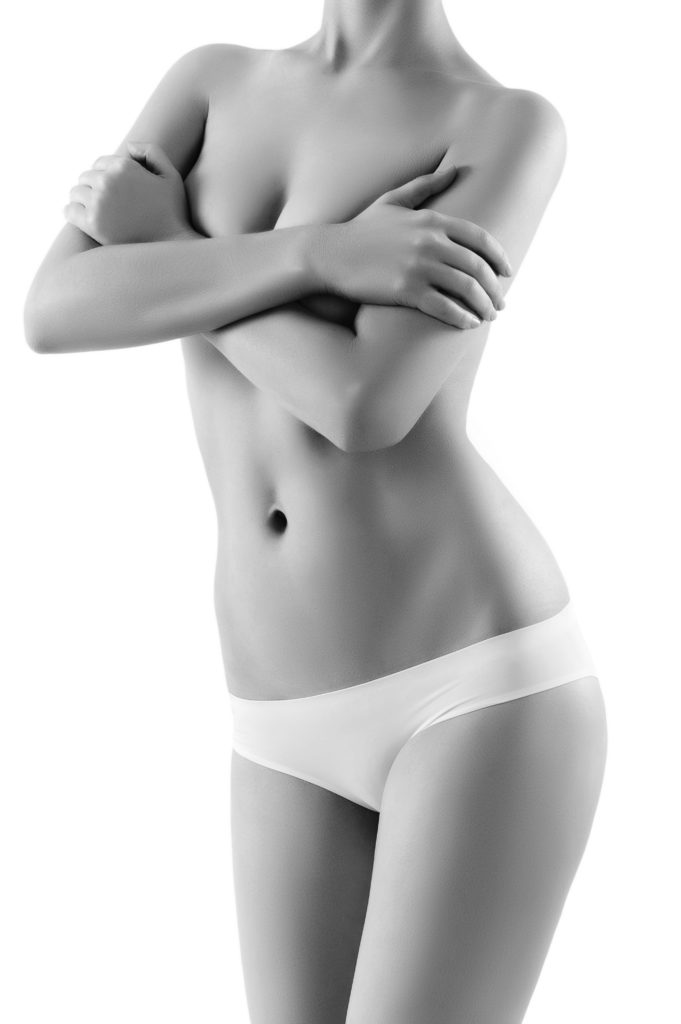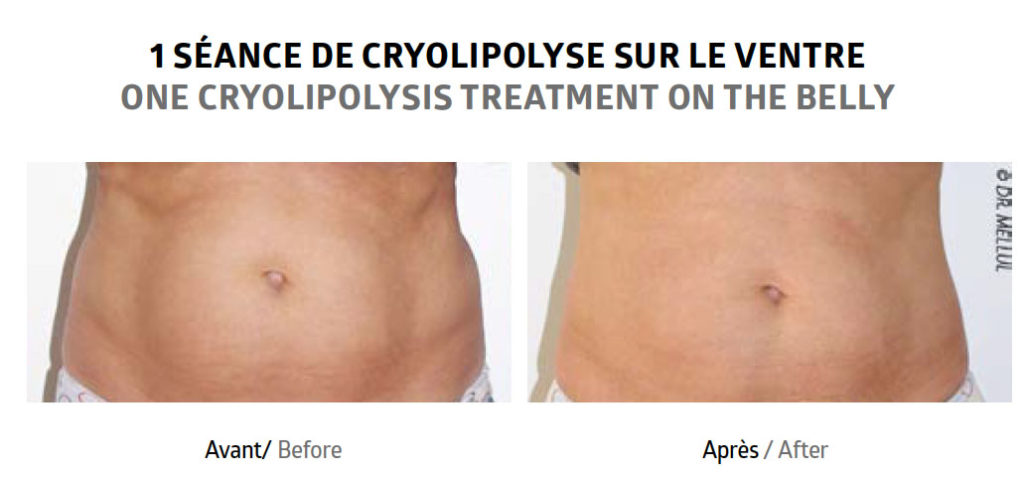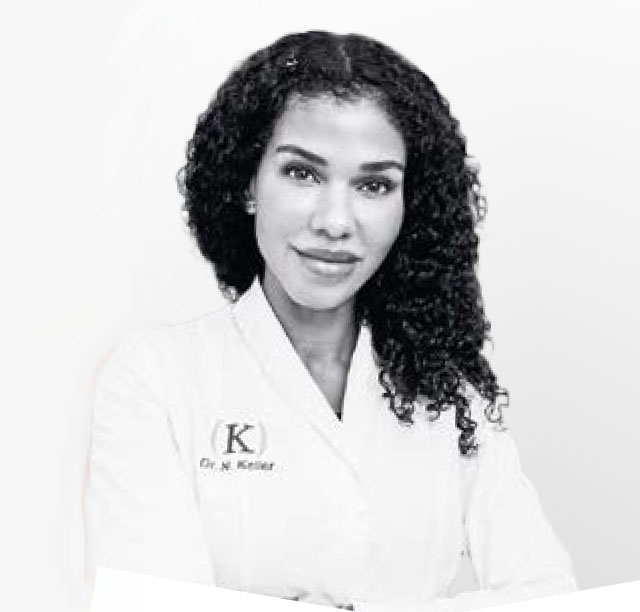Dr Natalie Keller
 Medical devices for fat reduction are a trending topic in aesthetic medicine. Cryolipolysis is a method that is successfully carried out in my own practice. The so-called fat freezing treatment is an efficient and effective method of reducing localised fat deposits (Garibyan et al. 2014). However compared to non-instrument-based procedures like injection lipolysis, the initial investment seems to be high.
Medical devices for fat reduction are a trending topic in aesthetic medicine. Cryolipolysis is a method that is successfully carried out in my own practice. The so-called fat freezing treatment is an efficient and effective method of reducing localised fat deposits (Garibyan et al. 2014). However compared to non-instrument-based procedures like injection lipolysis, the initial investment seems to be high.
So, what are the benefits of medical cryolipolysis compared to injection lipolysis?
Indications for Non-Invasive Fat Reduction in general
 Non-invasive treatments are popular in Germany. Germany used to be more more conservative regarding aesthetic operative procedures but within the last five to six years this has changed.
Non-invasive treatments are popular in Germany. Germany used to be more more conservative regarding aesthetic operative procedures but within the last five to six years this has changed.
The reason for this, is on the one hand the social network world, and on the other hand the ever-growing offers, opportunities and improvement of minimal-invasive operations. In my opinion cryolipolysis is an effective treatment for all patients who are conscious regarding their health, diet and li-festyle. It is for patients who prefer to avoid surgery and have stubborn fat deposits that won’t go away with diet and exercise.
Depending on the area, this technique can work better than operative liposuction, but also visa versa.
Indications for cryolipolysis compared to injection lipolysis
Non-invasive cryolipolysis and minimal-invasive injection lipolysis are barely comparable with each other, because the side effects, the downtime and also the results are definitely not the same.
For example, if you want to treat the hips, you will have a huge area. Therefore, with the injection lipolysis the patient will have hundreds of injections, bruises, swelling and also PIH after this procedure. Also, this can lead to a risk of infection. If you treat the same area with cryolipolysis, you will have the right appli-cator to suck the fat in, cool it down effectively and there is no downtime afterwards. With this method, there is less swelling and bruising, plus no risk of infection.
In this case, cryolipolysis is also more effective. I only see an indication for Injection Lypolysis when the treatment area is too small for suction with Cryolipolysis.
Less treatments, more patient satisfaction
The number of sessions required depends on the initial position of the patient, his or her expectations and their reaction to the method. Normally, with cryolipolysis, 1-3 treatments are nee-ded, where as often more are needed with injection lypolysis! This means that the cryolipolysis is much more profitable for the practitioners and usually usually patient satisfaction is higher afterwards.(Krueger et al. 2014).
We often treat patients with the cryolipolysis after they have received the injection lipolysis somewhere else, and they are always more satisfied with the cooling treatment. But again: we as practitioners have to select the treatment for the patients meticulously. Not every area is treated as well as another with the same procedure.
 Dr Natalie Keller: Natalie Keller is a specialist for general surgery and specialises in aesthetic medicine. Her practice “skin & beauty concept“ in Osnabrück focuses on rejuvenation and skin health.
Dr Natalie Keller: Natalie Keller is a specialist for general surgery and specialises in aesthetic medicine. Her practice “skin & beauty concept“ in Osnabrück focuses on rejuvenation and skin health.
More: dr-natalie-keller.de
References
Garibyan, L., Sipprell, W. H., Jalian, H. R., Sakamoto, F. H., Avram, M., & Anderson, R. R. (2014). Three-dimensional volumetric quantification of fat loss following cryolipolysis. Lasers in Surgery and Medicine, 46(2), 75–80. https://doi.org/10.1002/lsm.22207 Ingargiola, M. J., Motakef, S., Chung, M. T., Vasconez, H. C., & Sasaki, G. H. (2015). Cryolipolysis for fat reduction and body contouring: Safety and efficacy of current treatment paradigms. Plastic and Reconstructive Sur-gery, 135(6), 1581–1590. https://doi.org/10.1097/PRS.0000000000001236 Krueger, N., Mai, S. V., Luebberding, S., & Sadick, N. S. (2014). Cryoli-polysis for noninvasive body contouring: Clinical efficacy and patient satisfaction. Clinical, Cosmetic and Investigational Dermatology, 7, 201–205. https://doi.org/10.2147/CCID.S44371 Naumann, R. (2019). Interview mit Dr. med. Rebecca Naumann: Kryoli-polyse Geräte im Vergleich. Kosmetische Medizin. (3.19), 172–173.















